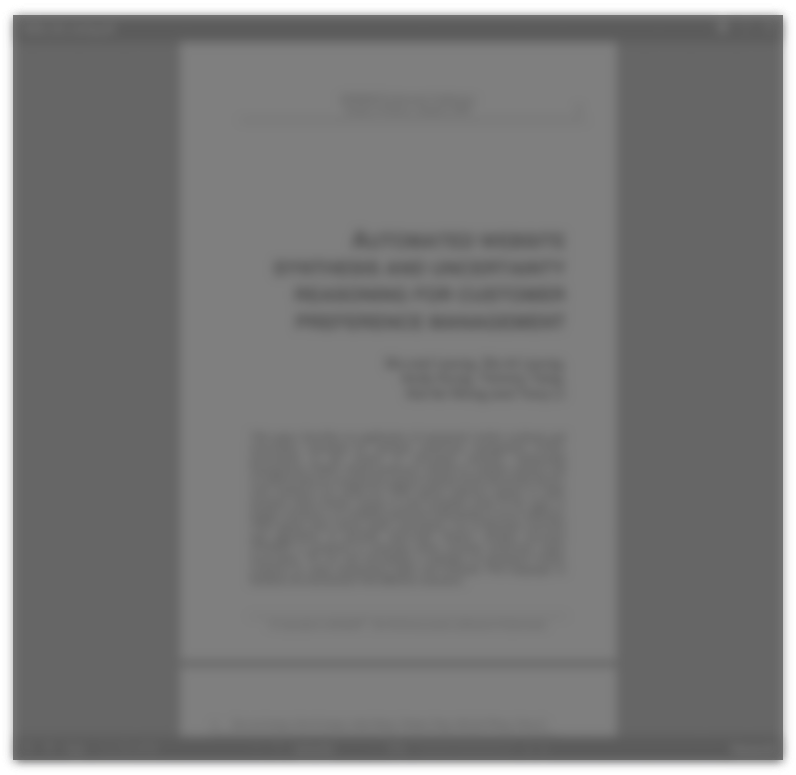Abstract:
The method, described at some detail in the paper, can be briefly summarised as having people act as their own editor. After being shown selected audio visual stimulus respondents are provided with transcripts, still photos, and actual programme material - broadcast and untransmitted. The viewers are then allowed to evolve their own version, creating their preferred reading of the text. Respondents are then assisted in the crafting of these actual audio visual artefacts by professional video tape editors. The technique forces the viewers to articulate their interpretation of material on a frame by frame basis and to produce a physical account of their views about the stimulus, thus reducing the dependence on pure linguistic accounts for understanding viewer responses. The method allows us to examine viewers' engagement with the material, rather than, as in traditional focus groups, understanding engagement only through the linguistic account they give of their understanding to the moderator.







